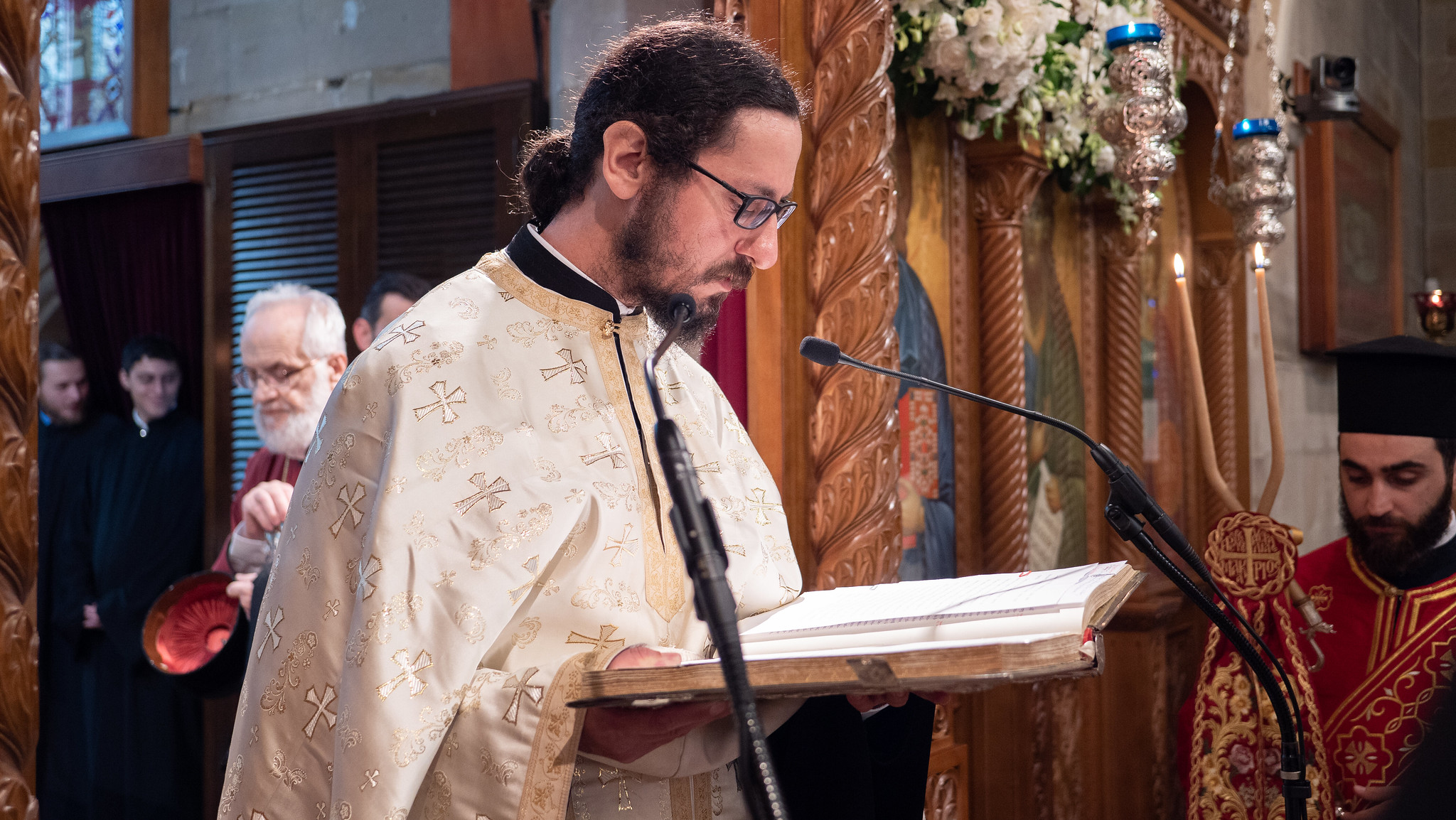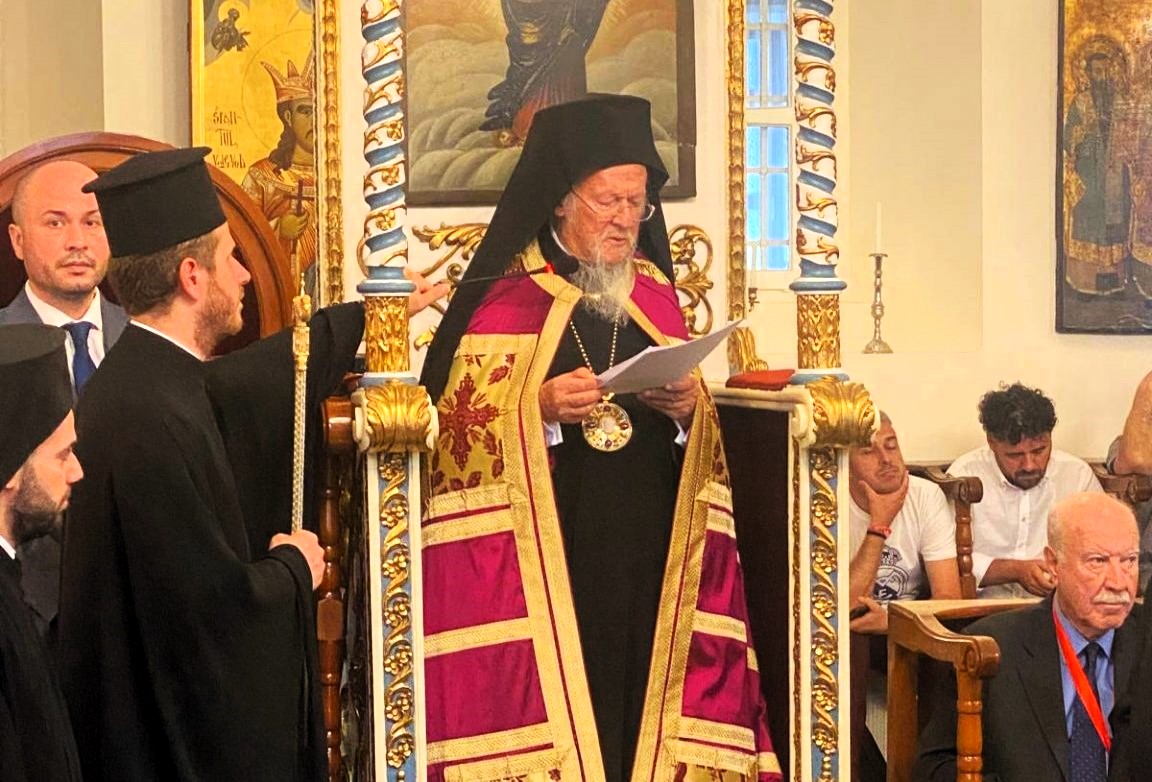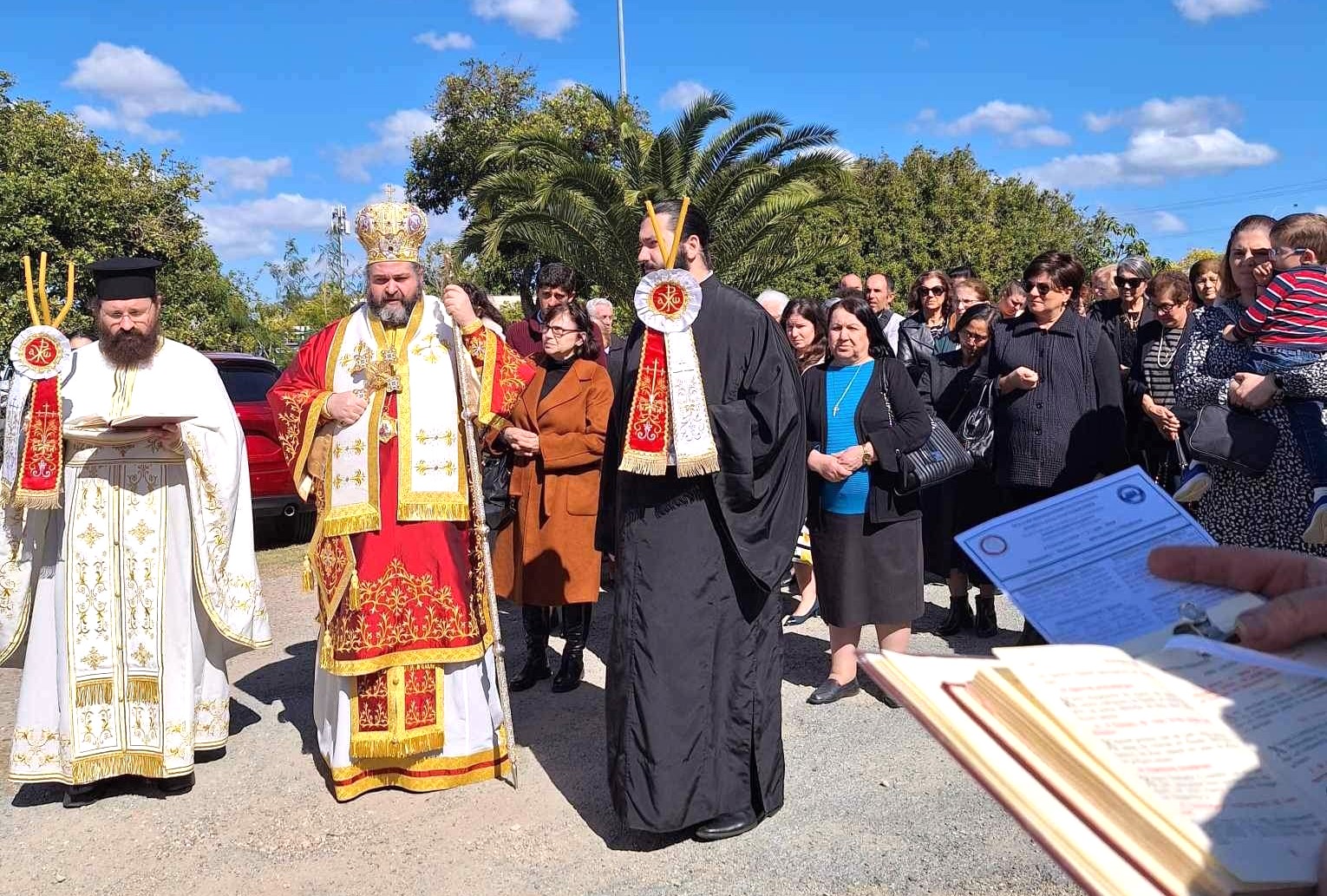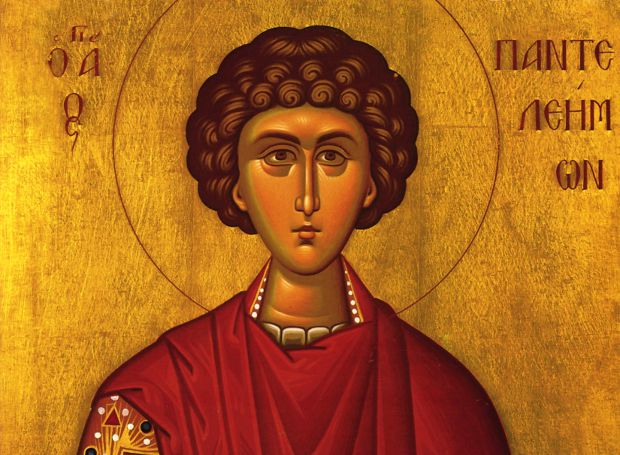Australia is reborn ecclesiastically through the Holy Eparchial Synod


by His Grace Bishop Silouan of Sinope
It is with profound praise and gratitude to the Triune God, that the Holy Archdiocese of Australia cements its ecclesiological existence, relevance, and maturity, through the acquisition of its very own Eparchial Synod. Through God’s Grace, the Holy Archdiocese of Australia will have its own Synod of Bishops, glory be to God for all things! In response to our vast nation with its prominent regional areas, our synod will consist of an Archbishop together with his suffragan bishops. Such a precious gift from God, as ratified in principle in the rules of the Holy Archdiocese’s new Constitution, is a cause of celebration for all the faithful living in the Antipodes. The pioneering work towards this sacred task came through the vision and steadfastness of His Eminence Archbishop Makarios of Australia, whose illuminating wisdom, selfless stewardship, and pastoral solicitude, materialised into a Constitution that elevates the Holy Archdiocese of Australia into an ecclesiastical realm that not only best responds to the needs of its faithful but also completes all that is lacking in our Holy Archdiocese’s witness and ministry. For now, and forever, our Holy Archdiocese is secured and equipped for all that is, and for all that will ensure, all for the providential glory of God and our salvation. We are all eternally grateful to His All-Holiness, Ecumenical Patriarch Bartholomew, and the honourable Synodical Hierarchs of our Ecumenical Patriarchate, for approving in principle our new Constitution and thank them for their continuous prayers and guidance.
Scripture and Tradition in the Church – The Synod of Bishops
It is true that the basis of the Orthodox Church’s theological teachings is founded upon the dual authority of Scripture and tradition (παράδοσις), especially when the latter has to do with the lives of holy men and women of the past. Scripture is not juxtaposed to tradition, like equal measures of weight on a balanced scale, but rather is constitutive of tradition. On the other hand, as fundamental as Scripture is to tradition’s existence, it is certainly not exhaustive of tradition. Tradition rather is the culmination of the written and the unwritten (ἄγραφα) sources of witness, a heritage handed on from one person to another. In this sense, tradition, is the body of knowledge belonging to the whole church, and includes “the apostolic traditions” (ἀποστολικαὶ παραδόσεις) and “the teachings of the Fathers” (τὰ τῶν Πατέρων δόγματα). When the Fathers of the Church sensed that a divergence from tradition had taken place they would emphatically proclaim: “This was not what that holy and God-beloved synod had in mind.”[1] It was left to the synod of bishops to “canonically and legally promulgate” truths through a “synodical letter” (τῷ συνοδικῷ γράμματι κανονικῶς καὶ ἐνθέσμως δεδογματισμένοις).[2]
The Ministry of the Bishop
Like Australia, every local church is comprised of two basic components that are bound together in complete unity and order: the clergy (κλήρος) and the laity/people (λαός). Once a cleric is chosen, the laity are expected to support and strengthen him in his ministry. In the words of Saint Basil: “The management of the churches is in the hands of those who have been entrusted with their guidance, but they are strengthened by the laity.”[3] The fundamental role of the laity takes on liturgical connotations as well, because the Eucharist cannot be celebrated unless members of the laity are present. It is Christ himself, as the initiator, provider and protector of ministry, who helps carry out the extraordinary work of the clergy. The priesthood is an extension of the ministry and the salvific work of its prototype Christ. From the Scriptures we learn that Christ entrusted (πιστευθήναι) the deposit of his message (εὐαγγέλιον)[4] to the chosen vessels (σκεῦος ἐκλογῆς)[5] of his divine grace, the apostles and their successors, the bishops. Without Christ’s input, there would be no ministry. Indeed, the head of the Christian eucharistic community is no one else but Christ himself, whereas the initiator and maintainer of communion comes about through the inspiration of the Holy Spirit. Just as within the analogy of a “body,” the limbs and organs of this body are subordinate to its head, so also are the clergy of the Christian church only part of the body of the church when they are subordinate to Christ its head. Although for the clergy there exists various degrees of pastoral and administrative responsibility, this is not the case for the laity. All the faithful, however, are dependent on the bishop as the possessor of the highest office of responsibility, and owed obedience to him. In this way, the bishop is seen as the instrument that expresses the catholicity of the local church. It is he who offers to God the Eucharist in which the church in its local place is united, thus becoming the very body of Christ. When communication is made to a local church, it is made to its bishop alone, since it is the bishop who represents the communion of the local church.
The Ministry of the Suffragan Bishop
Suffragan bishops (χωρεπίσκοποι) first see the light of ministry after the second half of the first century and initially in Italy.[6] After 249, the ordination of bishops for regional areas became increasingly more prominent. An obvious indication of this is the way that the number of bishops in a given province exceeds the number of cities contained within that province. Prior to this, people living in regional areas would travel into the cities so as to participate in the Eucharist that was officiated by the local bishop. Consequently, it was not always easy for the Christians of the countryside to align themselves with the city bishop and his congregation. Detached from eucharistic communion in the city, such Christians in time were provided with their own bishops so as to form their own local churches to celebrate the Eucharist. As a result, new churches, each under the pastorship of a bishop, were established in regional areas. The rights of the suffragan bishop, even within his own territory (παροικία), closely depended upon the bishop of the city.
Conclusion
Through its Eparchial Synod, Australia has acquired its essential ecclesial reality to bring about the edification of its faithful. The Holy Archdiocese of Australia is best equipped to proclaim “with complete boldness” (πάσῃ παρρησίᾳ) the correct teachings contained in the conscience of the church and to maintain the “communion of the good” (τῆς τοῦ ἀγαθοῦ κοινωνίας) for the faithful. Our Eparchial Synod “in conjunction with the Spirit” (συνεργείᾳ τοῦ πνεύματος) is ready and zealous to attend to the care (ἐπιμέλεια) and pastoral solicitude (φροντίς) of Christ’s flock,to impart divine grace amongst the communion of believers in the life of the church.
[1] St Basil, Ep. 226.3: Deferrari, III, 337. Οὐ γὰρ τοῦτο ἐνόησεν ἡ ἁγία ἐκείνη καὶ θεοφιλὴς σύνοδος. Courtonne, III, 26.
[2] St Basil, Ep. 92.3: Deferrari, II, 145. Courtonne, I, 203.
[3] St Basil, Ep. 230: Deferrari, III, 357. Αἱ περὶ τὰς Ἐκκλησίας οἰκονομίαι γίνονται μὲν παρὰ τῶν πεπιστευμένων τὴν προστασίαν αὐτῶν, βεβαιοῦνται δὲ παρὰ τῶν λαῶν. Courtonne, III, 35.
[4] See 1 Thess. 2:4.
[5] See Acts 9:15.
[6] During the reign of Antonius (138-161), for example, Bishop Alexander had pastoral oversight over a country area called vicus Baccansis in Tuscany. In like manner, other country areas of Italy are recorded as having episcopal oversight. What is important here is that already from the first century there were some places like Italy that had bishops residing in country areas. See Karl J. Hefele and Henri Leclercq, Histoire des Conciles, vol. 2, pt. 2 (Paris: Letouzey et Ané, 1908).




